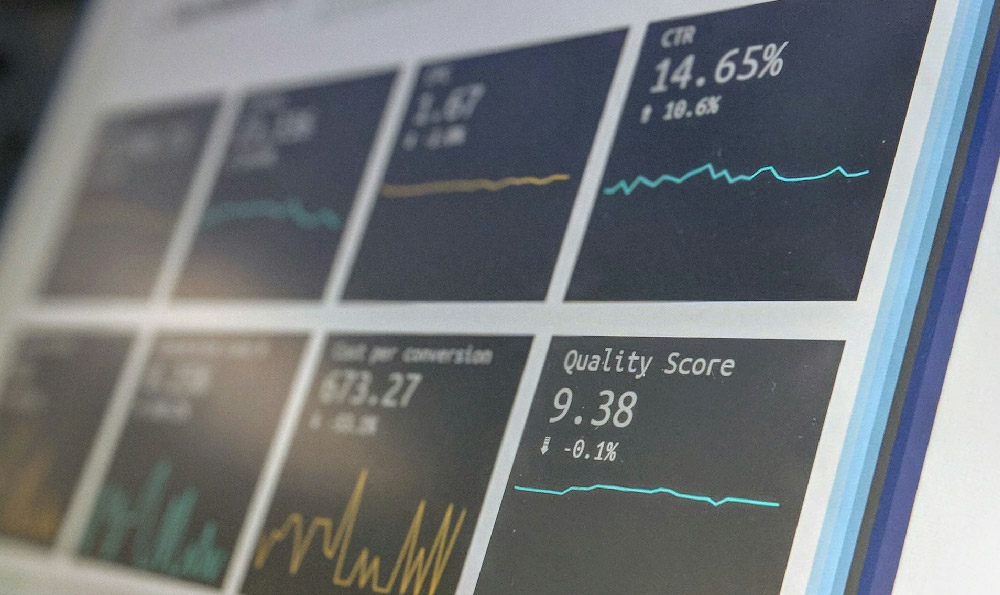How does Fetch Rewards generate revenue, and is it profitable?
Okay, I understand. Here's an article answering the question "How does Fetch Rewards generate revenue, and is it profitable?" without directly stating the question as the title, using an engaging writing style, and aiming for a minimum of 800 words:
The digital landscape is teeming with apps promising rewards and cash back for everyday purchases. One name that frequently surfaces in this arena is Fetch Rewards. But beyond the enticing promise of accumulating points and redeeming them for gift cards, a crucial question arises: how does this platform sustain itself, and, more importantly, is it profitable? Understanding the revenue streams and cost structure behind Fetch Rewards provides valuable insight into the sustainability and long-term viability of the app, as well as its potential impact on the retail and consumer behavior landscape.
At its core, Fetch Rewards operates on a simple premise: users scan receipts from any grocery store, convenience store, or even restaurants, and in return, they earn points. These points accumulate over time and can be redeemed for gift cards to a wide array of retailers, from Amazon and Target to Starbucks and Sephora. This user-friendly approach has propelled Fetch Rewards to considerable popularity, attracting millions of users who actively engage with the platform. However, the business model underpinning this seemingly straightforward process is multifaceted and relies on several key revenue generation strategies.

The primary source of income for Fetch Rewards is undoubtedly its partnerships with consumer packaged goods (CPG) brands. These brands, which encompass everything from food and beverages to household cleaning supplies, are constantly vying for consumer attention and market share. Fetch Rewards provides them with a unique and powerful tool: direct access to purchase data and the ability to influence consumer behavior at the point of sale, albeit retroactively.
CPG brands pay Fetch Rewards for several services related to this access. One of the most significant is targeted advertising. By analyzing the receipts scanned by users, Fetch Rewards gains a comprehensive understanding of their purchasing habits, brand preferences, and overall spending patterns. This data allows the platform to create highly granular and targeted advertising campaigns, presenting users with personalized offers and promotions based on their past purchases. For instance, if a user consistently buys a particular brand of coffee, Fetch Rewards can present them with offers for that brand, encouraging continued loyalty and potentially upselling them to higher-priced products or larger sizes. The precision of this targeted advertising makes it far more effective than traditional marketing methods, justifying the premium that CPG brands are willing to pay.
Beyond targeted advertising, Fetch Rewards also generates revenue through its partnership with brands by offering sponsored rewards. These rewards are typically higher than the standard points awarded for scanning any receipt and are specifically tied to the purchase of particular products. For example, a user might earn 1,000 points (equivalent to $1) for purchasing a specific type of cereal. This incentivizes users to try new products or switch from their preferred brand, giving CPG brands a direct and measurable way to influence purchasing decisions. The effectiveness of this strategy lies in its ability to provide a tangible incentive at the point of purchase, subtly guiding consumers towards specific brands and products. This is particularly valuable for brands launching new products or trying to gain market share in competitive categories.
Furthermore, Fetch Rewards leverages its vast user base and the data it collects to provide valuable market research insights to CPG brands. This data encompasses everything from overall market trends and consumer preferences to the effectiveness of specific marketing campaigns. Brands can use this information to optimize their product development, refine their marketing strategies, and make more informed decisions about pricing and distribution. The value of this market research data is significant, as it provides CPG brands with a competitive edge in understanding and responding to the evolving needs of consumers.
The company also likely explores revenue streams through anonymized and aggregated data sales. While user privacy is paramount, the aggregated purchasing trends and demographic data gleaned from millions of users can be incredibly valuable to investment firms, market research companies, and other organizations interested in understanding consumer behavior on a macro scale. Fetch Rewards would need to ensure strict adherence to privacy regulations and clearly communicate its data usage policies to its users, but this remains a potentially lucrative revenue source.
However, profitability isn't solely about revenue; it's also about managing costs. Fetch Rewards faces several significant expenses, including the points awarded to users, technology infrastructure maintenance, employee salaries, marketing and advertising costs to attract new users, and the ongoing development and improvement of its app. The cost of awarding points is particularly crucial, as it represents the core incentive for users to engage with the platform. Fetch Rewards must carefully balance the value of these rewards with the revenue generated from its partnerships with CPG brands to ensure a sustainable business model.
Determining the actual profitability of Fetch Rewards is challenging without access to the company's financial statements, which are not publicly available. It's crucial to consider the stage of growth the company is in. Many tech startups, particularly those focused on rapidly acquiring users, often operate at a loss for several years, prioritizing growth over immediate profitability. They may be investing heavily in marketing and user acquisition to build a large and engaged user base, with the expectation that profitability will follow as the platform matures and its revenue streams become more established.
Moreover, competition in the rewards app space is fierce, with numerous other platforms vying for user attention and brand partnerships. This competitive landscape puts pressure on Fetch Rewards to continue innovating and offering compelling incentives to attract and retain users. It also necessitates ongoing investment in marketing and advertising to maintain a competitive edge.
Ultimately, the long-term profitability of Fetch Rewards hinges on its ability to effectively manage its costs, continue expanding its partnerships with CPG brands, and maintain a high level of user engagement. Its success in leveraging its vast data assets and providing valuable insights to brands will be crucial in driving revenue growth. While the precise financial picture remains opaque, the platform's innovative business model, its strong partnerships, and its growing user base suggest that Fetch Rewards is well-positioned to achieve profitability in the long term, transforming the way consumers engage with brands and rewards programs. As the company continues to evolve and refine its strategies, its impact on the retail and consumer behavior landscape is likely to become even more pronounced.















